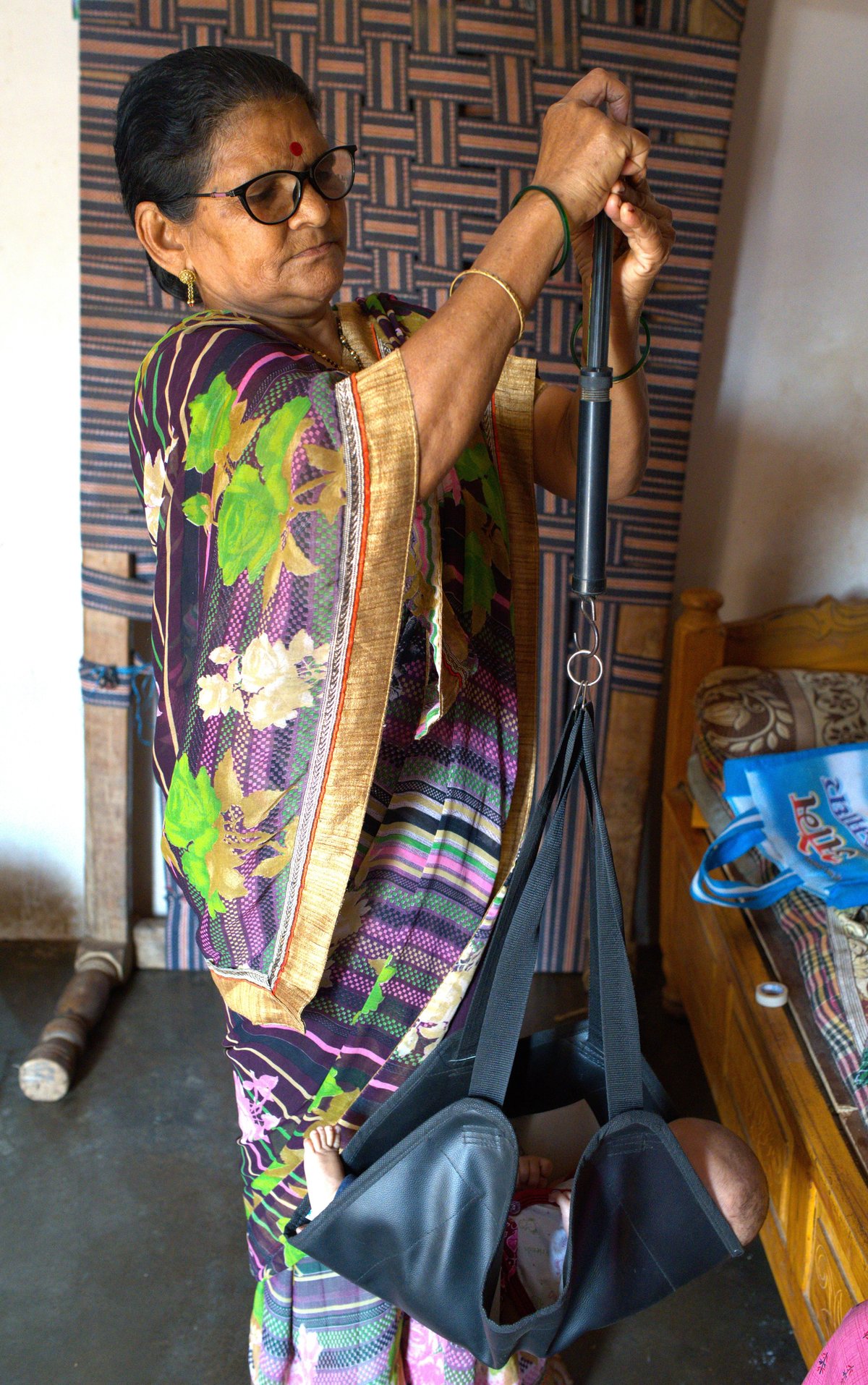In 2009, India’s infant mortality rate (IMR) was 50. This meant that for 1,000 live births, at least 50 infants below the age of one would die. By 2019, India’s IMR had dropped to 30, and came down to 26 by 2022. This fall in the rate of infant deaths was catalysed, in large part, by a new programme that the central government introduced under the National Health Mission in 2011: Home-Based Newborn Care, or HBNC.
Rolled out specifically in rural areas, the HBNC programme involved training ASHA workers – accredited social health activists appointed in each village – to provide special care to babies in the crucial first month after birth, when they are most vulnerable to infections, weakness and death. These efforts helped bring rural IMR down from 55 in 2009 to 29 in 2022.
HBNC has its origins in the mid-1990s, in a group of 39 villages in Gadchiroli, Maharashtra’s eastern-most district known for its dense forests, large tribal population and the presence of Naxalite forces. This is where Drs. Abhay and Rani Bang – public health specialists and founders of the non-profit SEARCH – have lived and worked since 1986.
In the early years of their work, the Bangs’ research identified that pneumonia was a leading cause of death among infants in Gadchiroli. Through a field trial in 58 villages, the SEARCH team trained traditional birth attendants and village-level health workers in the management of childhood pneumonia, and saw unprecedented results: between 1988 and 1990, the infant mortality rate in the villages where they intervened fell from 121 to 89.
In a few years, however, SEARCH noticed that the IMR was stagnating, because a large number of infants continued to die as neonates, within the first month of birth. The most common causes of these deaths were sepsis, pneumonia, asphyxia and prematurity. Conventional medical practice dictated that the only way to save newborn lives was to treat them in specialised hospitals, in neonatal intensive care units. But this was not a practical solution in a forest district where most families live in remote villages inaccessible by good roads. Most babies were delivered at home, often in unsanitary conditions. To find a viable solution, SEARCH took up another field trial, this time in 39 intervention villages.
The solution that the Bangs innovated was Home-Based Newborn Care, where infants and their mothers were provided with essential care in the first month of birth, within their homes itself. The caregivers were “arogya-doots” – female village health workers appointed in each village and trained rigorously by SEARCH’s doctors. These volunteers, who received small stipends for their work, were taught how to monitor a newborn’s temperature, weight and breath rate, identify early symptoms of infection and morbidities, and provide special care to high-risk babies.
To carry out this work, each arogya-doot was given a simple, portable HBNC kit, containing a thermometer, weighing scale, soap, cord-cutting blade, resuscitation equipment as well as vitamin K tablets and basic antibiotics for sepsis. In the eyes of the community, these kits gave the village health workers an air of legitimacy and helped build trust.
The results of this intervention were undeniable: within three years, the mortality rate of newborns in the 39 villages dropped from 62 to 25.
After the success of SEARCH’s HBNC model was recorded in noted international medical journals like The Lancet, the Indian Council of Medical Research piloted the model in five Indian states, and managed to replicate the results. Eventually, HBNC was adopted under the National Health Mission in 2011, as a crucial strategy to accelerate the reduction of infant mortality. SEARCH was brought on board to create training modules and structures for more than eight lakh ASHA workers across rural India.
Under the National Health Mission HBNC guidelines, ASHAs are required to make six home visits (seven, in the case of home deliveries) in the first 42 days of birth. During these visits, they ensure that newborns are exclusively breastfed, monitor the babies for symptoms of disease, provide them with skin, cord and eye care, and promote proper hygiene practices by the family. They are also trained in emergency life-saving methods. For each child receiving HBNC, the ASHA is given an incentive of Rs 250.
Technically, when SEARCH carried out its field research in Gadchiroli, the law did not allow anyone other than licensed doctors and nurses to prescribe or administer antibiotics or injectable medicines. However, SEARCH’s decision to allow volunteer health workers to administer basic antibiotics was overseen rigorously by an ethics committee, and the success of the field study eventually led to a national policy change. ASHA workers are now allowed to provide basic medicines as part of their HBNC kits. SEARCH’s work had demonstrated, after all, that newborn lives could be saved outside of hospitals, in a decentralised, cost-effective manner.
SEARCH’s pioneering work has had ripple effects beyond India too. Studies indicate that the success of the HBNC model in 12 developing countries, including Afghanistan, Bangladesh, Nepal, Ethiopia, Uganda and Kenya. The World Health Organisation and UNICEF have also issued statements recommending newborn care by grassroots community health workers as an effective method of curbing infant mortality.
